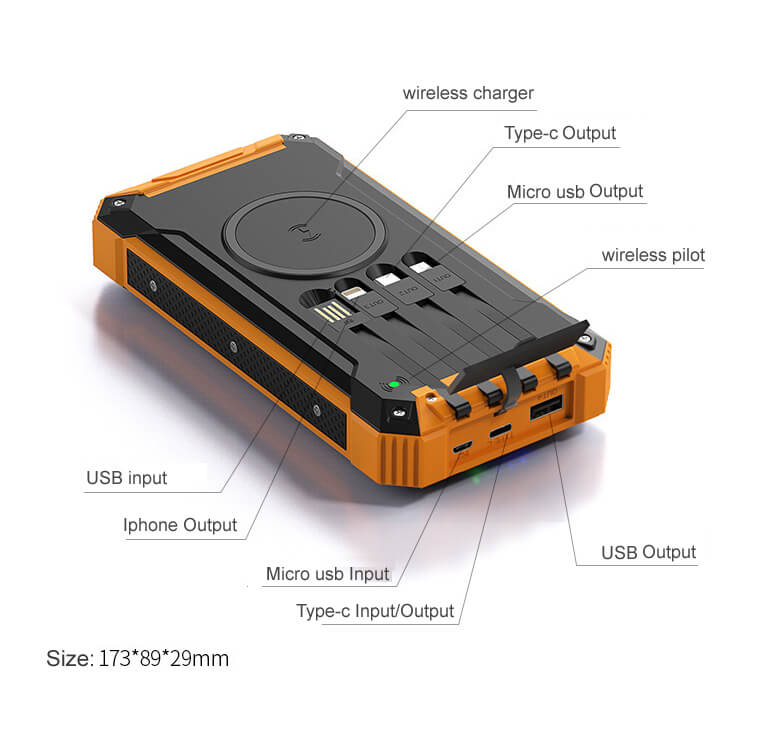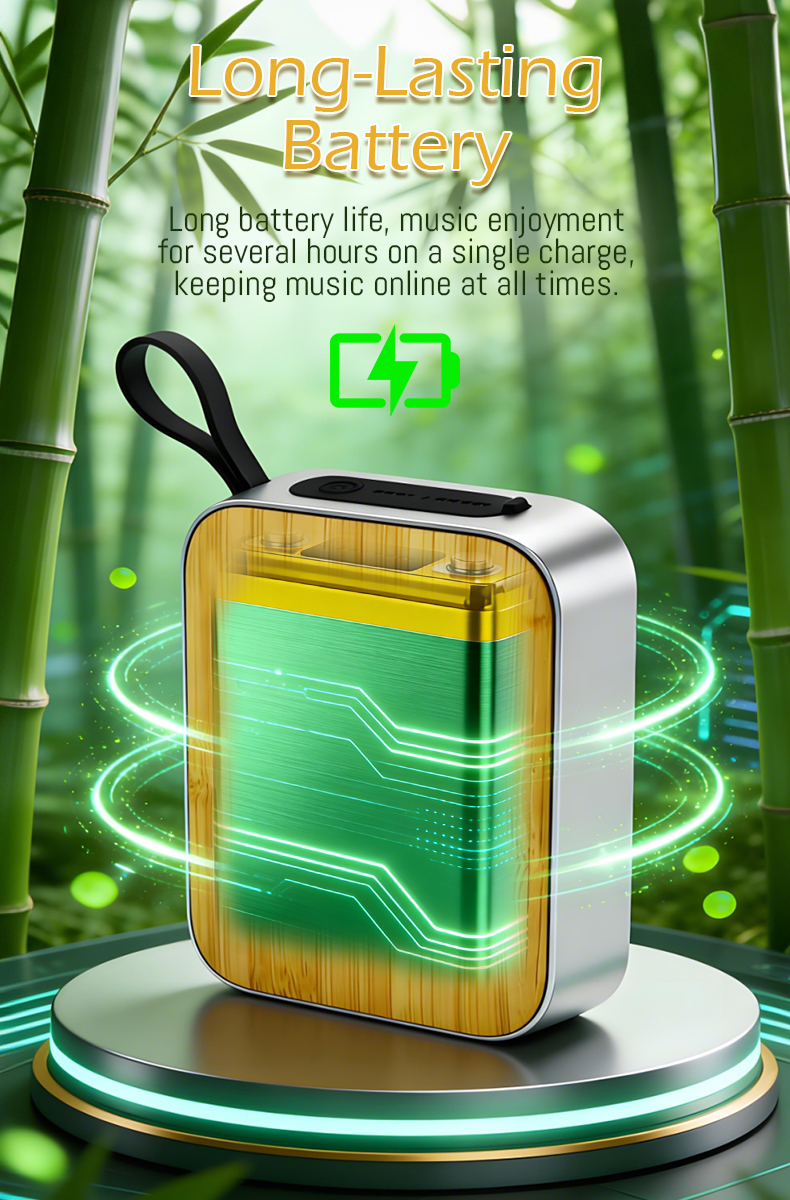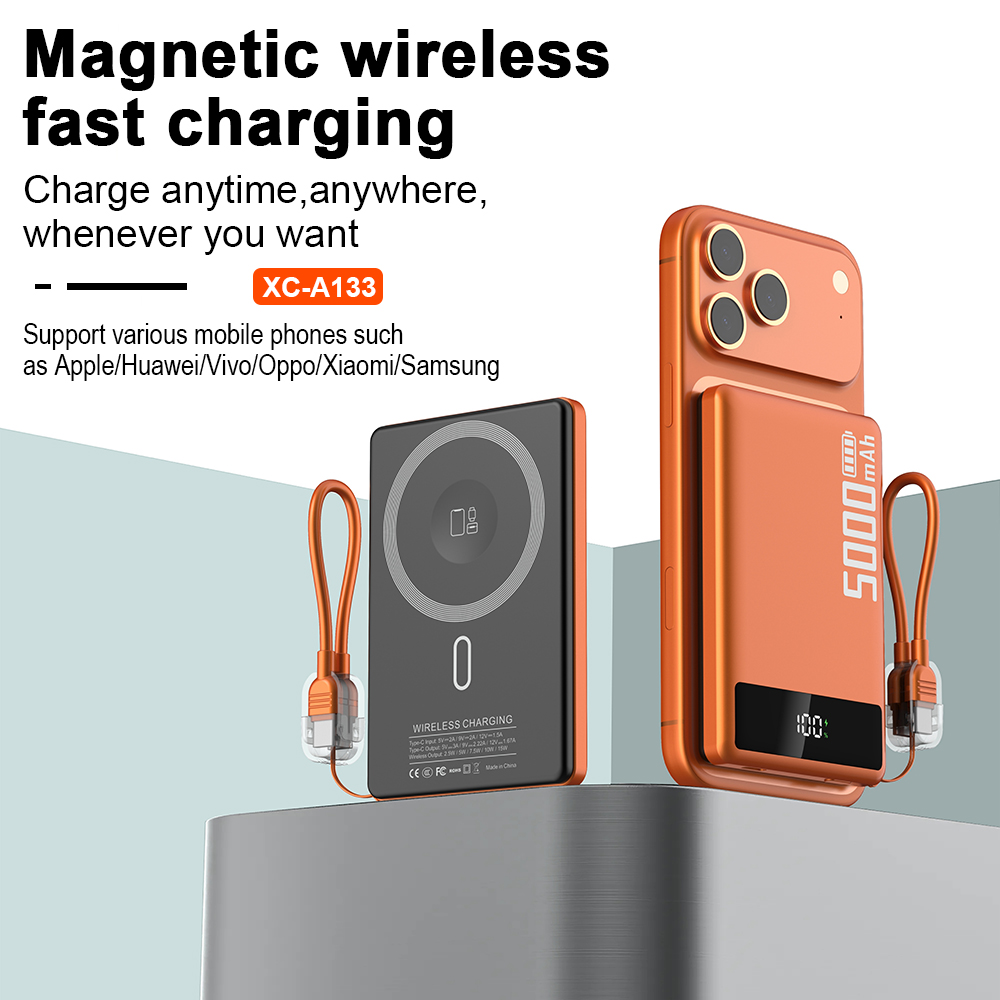Solar charger charging method

Optimizing solar charger charging methods for efficient energy absorption

The demand for clean and sustainable energy sources has led to a surge in the popularity of solar chargers in recent years. Solar chargers allow us to harness the power of the sun to charge our devices and reduce our dependency on traditional electrical grids. In this article, we will explore various solar charger charging methods and their benefits.
1. Direct sunlight charging
Direct sunlight charging is the most straightforward and commonly used method for charging solar devices. It involves placing the solar charger under direct sunlight, preferably in an open outdoor space. The solar panels absorb the sunlight and convert it into electricity, which is then stored in the charger's built-in battery.
Direct sunlight charging is highly efficient, as long as the panel is properly aligned with the sun's position. It is crucial to find an optimal location for the charger, as any obstructions, such as trees or buildings, can hinder the absorption of sunlight. Additionally, the angle and orientation of the solar panels should be adjusted based on the geographical location.
2. Indirect sunlight charging
Indirect sunlight charging is an alternative method for solar charging when direct sunlight is not readily available. It involves using reflective surfaces, such as mirrors or reflective sheeting, to redirect sunlight towards the solar panels. This method can be particularly useful in shaded areas or during cloudy days.
While indirect sunlight charging may not be as efficient as direct sunlight charging, it can still provide a viable solution for charging solar devices in less favorable conditions. It is important to position the reflective surfaces strategically to ensure maximum sunlight redirection towards the solar panels.
3. Portable solar panels and chargers
Portable solar panels and chargers offer the advantage of mobility and versatility. They are lightweight and compact, making them ideal for outdoor activities such as camping, hiking, or traveling. Portable solar panels usually come with built-in USB ports or adapters that allow direct charging of various devices, including smartphones, tablets, and cameras.
These portable solar chargers often incorporate innovative features such as foldable panels, high-efficiency solar cells, and built-in batteries for storing excess energy. Some models even have multiple USB ports, enabling the simultaneous charging of multiple devices.
In conclusion, solar chargers provide a sustainable and eco-friendly solution for charging our devices. Whether through direct or indirect sunlight charging, or by utilizing portable solar panels, we can harness the power of the sun and reduce our carbon footprint. So, unleash the potential of solar energy and embrace the solar charger charging methods for a greener and cleaner future.




